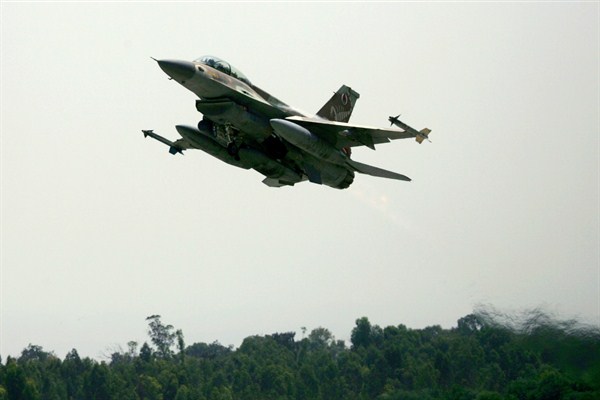Last week, the Israeli newspaper Haaretz published a long investigative report on how Israel discovered and then destroyed a nearly completed plutonium nuclear reactor in Syria’s eastern desert in September 2007. The episode, including the ups and downs of the intelligence process that led to the decision to strike in what Haaretz called a “daring, hair-raising operation,” provides a window into how to think about intelligence and policy challenges in other cases involving nascent nuclear programs.
After a decade of secrecy, military censors in Israel lifted the ban on journalists publishing the details of the attack. Haaretz reporters Amos Harel and Aluf Benn provide a riveting account of the debate over Syria’s nuclear intentions in Israeli intelligence circles, the rivalry between then-Prime Minister Ehud Olmert and Defense Minister Ehud Barak over the military operation, and the skill of the Israeli air force. The political class, which was able to prevent a larger conflict with Syria by avoiding public humiliation of Syrian President Bashar al-Assad through public silence on the operation, also deserves credit.
At the beginning of the century, few regional experts identified Syria as a likely candidate to pursue a clandestine nuclear weapons program. Syria, like other Arab neighbors of Israel, had long realized that Israel held the strategic advantage with its advanced conventional capabilities and presumed nuclear arsenal. Syria, most agreed, considered its chemical weapons program to be the strategic counterbalance to Israel’s nuclear weapons. But after the United States and the United Kingdom persuaded Moammar Gadhafi to give up Libya’s nascent nuclear program in late 2003, the Israeli national security community paid more attention to other possible hidden nuclear programs in the region, including Syria.

